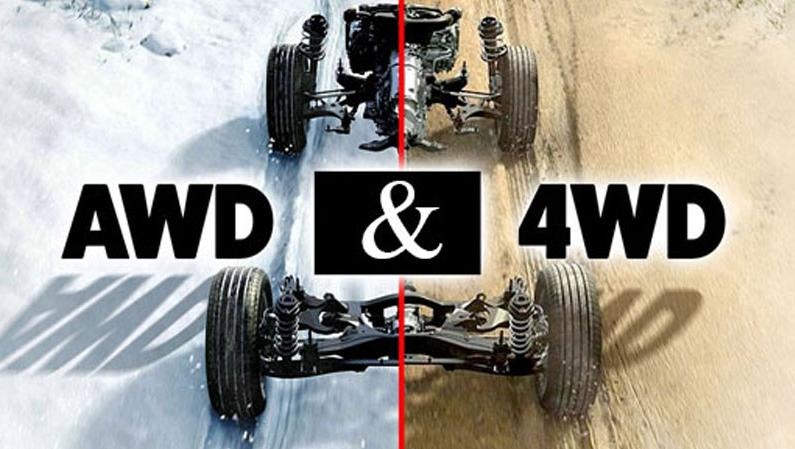| Service | |
|---|---|
| Monday | 7:30AM - 6:00PM |
| Tuesday | 7:30AM - 6:00PM |
| Wednesday | 7:30AM - 6:00PM |
| Thursday | 7:30AM - 6:00PM |
| Friday | 7:30AM - 6:00PM |
| Saturday | 8:00AM - 4:00PM |
| Sunday | Closed |
AWD Vs. 4WD - What's The Difference?
When it's time to shop around and invest in a new vehicle, you'll find there are plenty of options with all types of models available. All-wheel drive and four-wheel drive are common options, especially if you choose to buy a truck or SUV. It can be easy to confuse both options and even assume that they're the same feature, but there are many differences that affect how your car operates. You may be intimidated by learning about each system, but the facts are easy to understand to ensure you can feel informed and confident with your selection.

What Is All-Wheel Drive?
When your car comes with all-wheel drive, it means that every wheel is powered and moves to give you more traction. This mode comes with a full-time option to ensure it's always in use whenever the car is in motion. A part-time mode is another option that uses two-wheel drive most of the time, but it still has the ability to switch over to all-wheel drive when your car needs extra traction on different roads.
When you use all-wheel drive, you don't need to do anything to engage the system. However, there are still a few types of models that give you control of the system. The front and back wheels get enough torque with the use of clutches, coupling, and differentials.
What is Four -Wheel Drive?
When you select a car that comes with a four-wheel drive, the wheels use a set of differentials on the rear, front, and center. This is common on larger trucks and SUVs that are manufactured to ensure every wheel is always powered.
Whenever your car needs extra traction, torque goes to each wheel with the four-wheel drive design. It can be used part-time or full-time in the same way all-wheel drive operates. Low and high ranges are available as you sit in the driver's seat to ensure you get enough traction. The low range gives you the highest possible traction, and the high setting is ideal for giving you traction on sand, snow, and gravel.
When you want to learn additional information about the all-wheel drive and four-wheel drive and how they differ, you can consult our dealership to get the details you need. Our experts will be happy to answer your questions to ensure you can make the best selection for your needs when you're ready to buy a new car to use each day.

